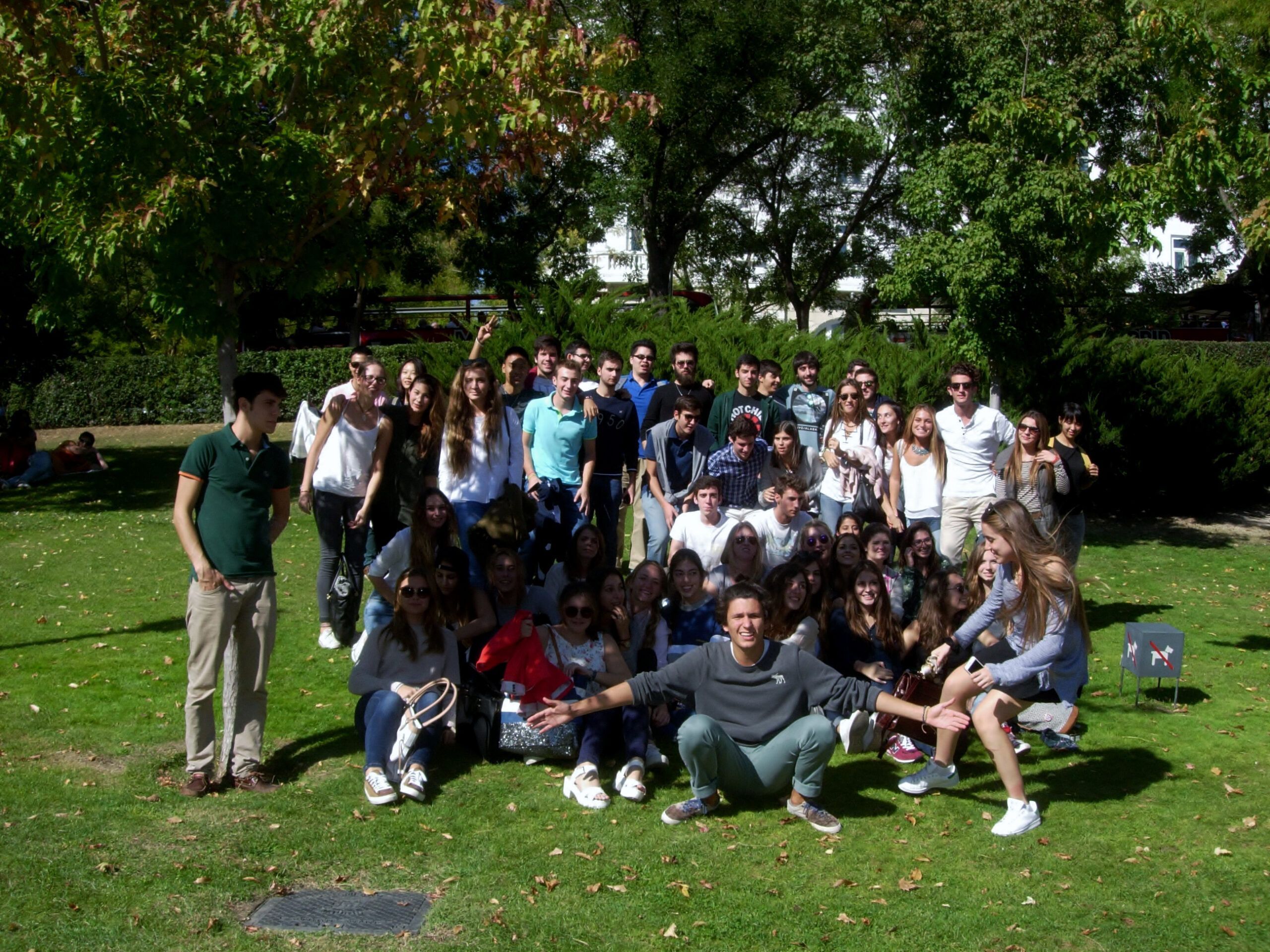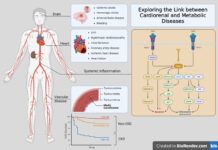In October, the students of first year Medicine from Universidad CEU Cardenal Herrera at our campus in Valencia travelled to Madrid with three of their lecturers, Dr Frias, Dr Gimeno and Dr Rodilla. This trip to Madrid was part of a seminar in one subjects in the curriculum: Introduction to Medicine and Research Methodology. They went to visit the world renowned “Museo del Prado” which holds one of the largest collection of paintings in the world.
But why do medical students go to visit an art museum?

We can find the answer to that question both from the lecturer responsible for this subject, Dr Vicent Rodilla and from the students themselves. Dr Rodilla, told us that
“through this visit we want the students to see disease and medical disorders without stethoscopes or expensive laboratory tests; let’s say it is observational medicine for which you only need a litle bit of knowledge and a great dose of observation capacity”.
Some of the students were taken aback, if not fully esceptical about learning medicine through observation of paintings, as we can read from the testimonies of Ariadna, Alejandra or Carla:
When someone says you have a medical seminar at Prado´s Museum, you wonder what you’ll learn about medicine by just seeing a picture. I had been several times to this museum and I did not think I was going to discover something new beyond art. A. Muedra
I’ve been to this museum probably three times, yet I couldn’t think of a single painting (other than the Meninas) related to a disease. Now that I’ve seen again the paintings and I’ve been told about the diseases, I could mention many more. A. López-Arregui
What is the relationship between art and medicine? … Personally, my expectations were not very high. But I was surprised… When our lecturers started to explain each picture, each detail had an explanation and every picture we saw was more interesting than the previous one. C. Borredá
Students like Jonatan, Alina, Estefanía, Claudia or Albert soon realized that there was more to the visit than just a typical museum tour:
We didn’t look for famous pictures, we didn’t stop when walking near beautiful artworks… Our goal was very different: to discover and examine diseases in art.J. Linares
The visit to the musuem with the teacher, who showed us details of some of the famous paintings, had made us see art from another point of view, through the eyes of a physician who sees more than a simple spectator. A. Fitsenko
[Our lecturers] showed us how to analyze every picture from a medical point of view and to figure out what was wrong with the people painted. We could see so many different diseases, … some of them were almost imperceptible as they were kind of hidden, but many of them were quite obvious: you just had to look the right way. E. Sanjaime
Our lecturers were able to convert the typical museum tour, into anincredibly detailed and interesting account from a medical professional’s perspective… [and helped us] to asses the changing nature of scientific and medical practices, by observing the experiences of health and illness over several centuries, in order to widen our understanding ofthe human body, of disease, and of the social environment at the time of the painter.C. Bonell-Moreno
The main purpose of the visit was to, with the explanations of the teachers, to start to develop diagnostic skills, to start to get used to see medical problems such as diseases by watching its symptoms expressed in the bodies shown in the paintings. A. Gil
Paula and Taylor go a little bit beyond those descriptions when they write:
All this pictorial testimonies are a atemporal record of diseases whose origin, unknown at that moment, was an object of interest for painters of that time and, thanks to them, we are all aware of the social relevance that those pathologies represented for the past societies. P. VallejoWhile many admire the sheer talent artists, another layer of history can be revealed just by looking more closely. … [We have seen that many] paintings, can be deciphered on a medical level bringing a new meaning to its artistic heritage. T.A. Cottingham
The visit to the museum has been very constructive and I think that is a unique experience that will help us when [we become] medical professionals. A. MarínThis visit has been an enriching experience: despite having been previously to the museum I had never seen it from this point of view, and I found it very curious, educational, entertaining and interesting. It was a different way to see what I had already seen before, and I enjoyed it. C. HildalgoI’m starting to understand the undeniable connection between paintings and the things that we are going to encounter on our future way to being a doctor. Wei-Te LinIt was a hug between Medicine and Art. B. Mas Jiménez







